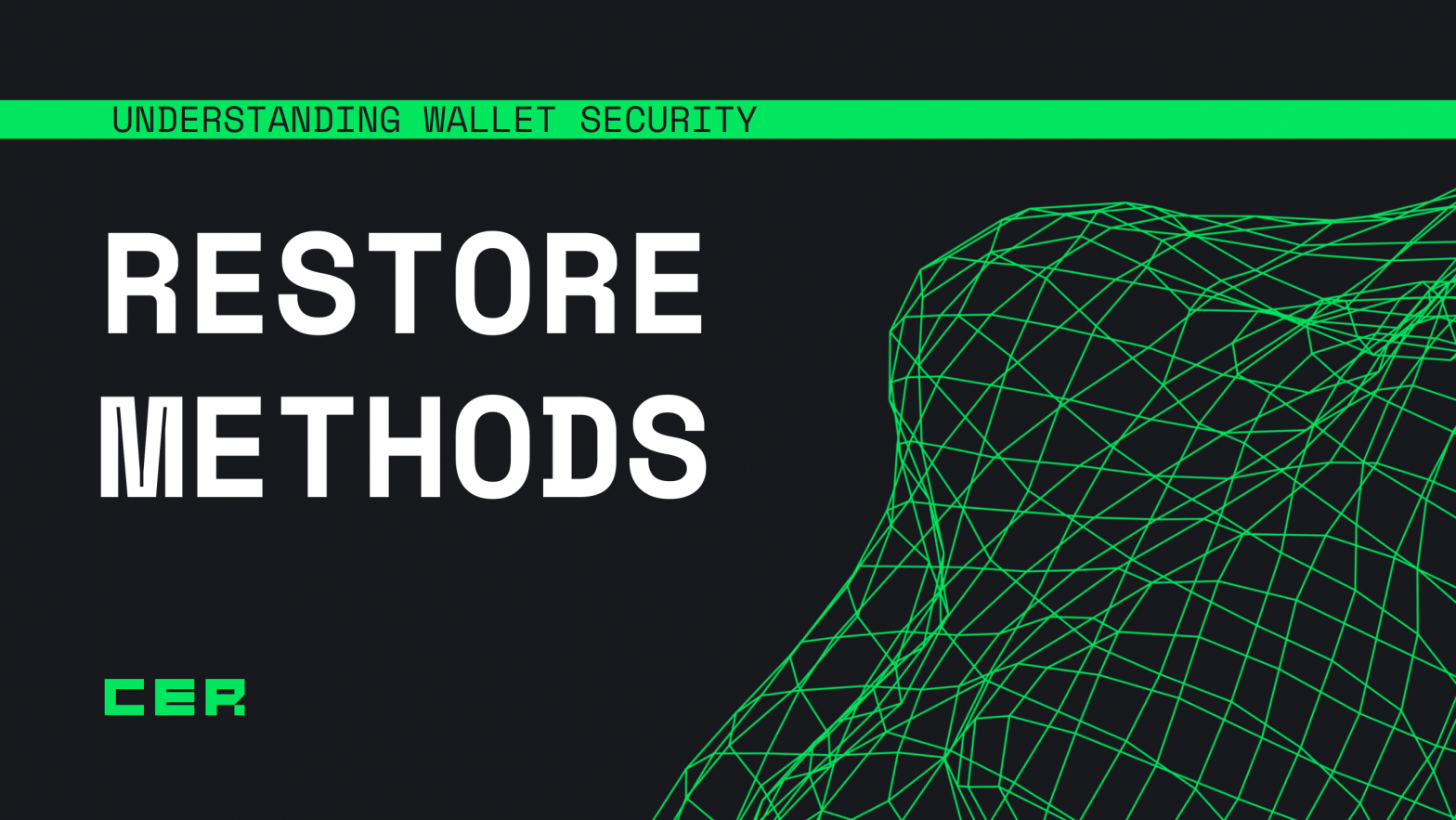Ensuring the security of your crypto wallet is paramount, and creating a reliable backup is one of the most crucial steps. The adoption of the BIP-32 and BIP-39 standards has introduced the seed or master private key as a mnemonic sequence, typically consisting of 12 or 24 words. With a secure backup in the form of a mnemonic seed phrase, you will be able to restore access to your wallet in the unfortunate event of loss, damage, or theft.
Let’s say your laptop with MetaMask was stolen. You won’t be able to access your funds with another machine unless you enter a 12-word Secret Recovery Phase you receive when registering your account.
There are two primary types of restore methods: self-custody and third-party custody.
Self-custody
Self-custody involves taking full responsibility for storing your backup securely. You have various options, such as writing down your seed phrase on paper, using a password manager, or employing a hardware wallet. The advantage here is complete control over your backup and exclusive access to your assets. However, the downside is the responsibility of safeguarding the backup, as losing your keys will result in irreversible asset loss.
Third-party custody
On the other hand, third-party custody means that another party stores your backup and has control over the private keys and funds. This means you don’t have to manage the security yourself, but you must trust the third-party to protect your wallet. A potential risk is that if the third-party service gets hacked, your backup could be compromised.
When using a third-party restore method, it’s essential to consider the 2/3 rule, which requires at least two out of three assets to restore your wallet:
- Something you know: A password, PIN, or answer to a security question, which you keep in your memory for identity verification.
- Something you have: A physical item unique to you, like a smartphone or hardware device, serving as a confirmation of your identity.
- Something you are: Your unique physical or behavioral characteristics, such as fingerprints or facial recognition, provide a powerful way to verify your identity.
The 2/3 rule adds an extra layer of security, ensuring that the compromise of one asset won’t lead to complete loss of access to your wallet.
Keep in mind that not all third-party services support the 2/3 rule. Some might only require a password or recovery phrase, so it’s crucial to check your wallet’s supported restore methods beforehand to protect your crypto assets from potential loss, damage, or theft.
Additional tips for wallet restoring:
For self-custody:
- Store your private keys in a safe and secure location,
- Keep multiple copies of your backup in different locations.
For third-party custody:
- Setup secure passwords for cloud
- Go for a 2/3 when choosing third-party custody,
- Use a password manager to store your private keys,
- Test your backup regularly to make sure it is working.
Choosing the Right Restore Method
The ideal restore method depends on your individual needs and preferences. If you feel comfortable managing your private keys and assets, self-custody could be a suitable option. This way, you can interact directly with the blockchain through dApps and crypto transfers, while storing your keys offline. However, remember that there are no recovery options if you lose both your device and a seed phrase, and you are solely responsible for their security.
On the other hand, if you prefer a reduced worry about backup security, third-party custody with the 2/3 rule may be preferable. These wallets tend to be more user-friendly and easier to set up, and you can recover your account if one of the restore methods is lost. However, you won’t have complete control over your keys and funds, so it’s crucial to research and select a reputable third-party service to minimize risks. Losing two restore methods could result in losing access to your funds.
Before making a decision, visit CER to check the security rating and restore methods for dozens of different wallets to make an informed choice. By following these tips, you can protect your crypto assets and keep them safe from loss, damage, or theft.
